MicroSD cards are nifty little chips that increase the storage of your favorite gadgets. While most microSD cards will work just fine with your device, some are faster and more reliable than others. That’s why we’ve handpicked the best for you.
What to Look For With a microSD Card in 2024
A wide array of modern gadgets rely on microSD cards for storage expansion. However, as different microSD cards have different speed classes and video classes, which refer to their data transfer and video recording capabilities, respectively, not every card will be suitable or deliver the best experience with your device. That’s why it’s crucial to keep a few things in mind while picking up a microSD card.
The most important consideration is the requirements for your specific device. For example, you’ll need a higher video class card if you plan to record high-resolution video on it, or if you’re planning to run apps from it, it’s ideal to pick a card with a higher application rating. Similarly, faster read speeds are essential for smoother and responsive performance on a portable gaming console. Our How to buy an SD card guide explains all speed classes in detail.
Once you’ve figured out what you need regarding the speed or video class of your microSD card, you can decide on the storage size and budget. However, it’s crucial to stick with reputed brands for reliability. Remember, paying a slightly higher price to ensure quality and performance is always wise.
One of the biggest challenges when shopping for a microSD card is the prevalence of counterfeits. Unscrupulous sellers on platforms like Amazon and other e-retailers often sell duplicates and fakes under the names of reputable brands. It’s crucial to be cautious and always buy a microSD card from an official seller or a platform that keeps its own inventory, such as Best Buy or B&H Photo Video, to ensure you’re getting a genuine product.
|
How Did We Research |
||
|
Models Evaluated |
Hours Researched |
Reviews Analyzed |
|
30 |
10 |
45 |
How-To Geek’s product recommendations come from the same team of experts that have helped people fix their gadgets over one billion times. We only recommend the best products based on our research and expertise. We never accept payment to endorse or review a product.
Read More »
|
Pros |
Cons |
|---|---|
|
Extremely fast and reliable |
Only three storage sizes |
|
Durable |
Samsung’s Pro Plus is a wildly popular microSD card that can handle almost anything you throw at it. It’s very fast and highly reliable, so whether you want to use it with your drone, dash cam, portable gaming console, or mobile device, it’ll deliver excellent performance.
It’s rated for C10, UHS-3, V30, and A2 speed classes. It can also reach sequential read speeds of 180MB/s and write speeds of 130MB/s. However, the card will only achieve these speeds if the device using it also supports such high speeds.
The Pro Plus is quite durable and can easily handle everyday mishaps, including a 72-hour dunk in seawater. Plus, the company offers a 10-year limited warranty. However, this warranty doesn’t cover write-intensive usage, such as continuous video recording from a dash cam, CCTV, and other surveillance cameras, which can significantly reduce the card’s lifespan.
Unfortunately, as of June 2024, it only comes in three storage sizes: 128GB, 256GB, and 512GB. A 1TB version is expected sometime later in 2024. If you need a smaller or bigger size, the SanDisk Extreme Pro is an impressive alternative. It’s more expensive than the Samsung Pro Plus but also slightly faster, with sequential read and write speeds of up to 200MB/s and 140MB/s, respectively.
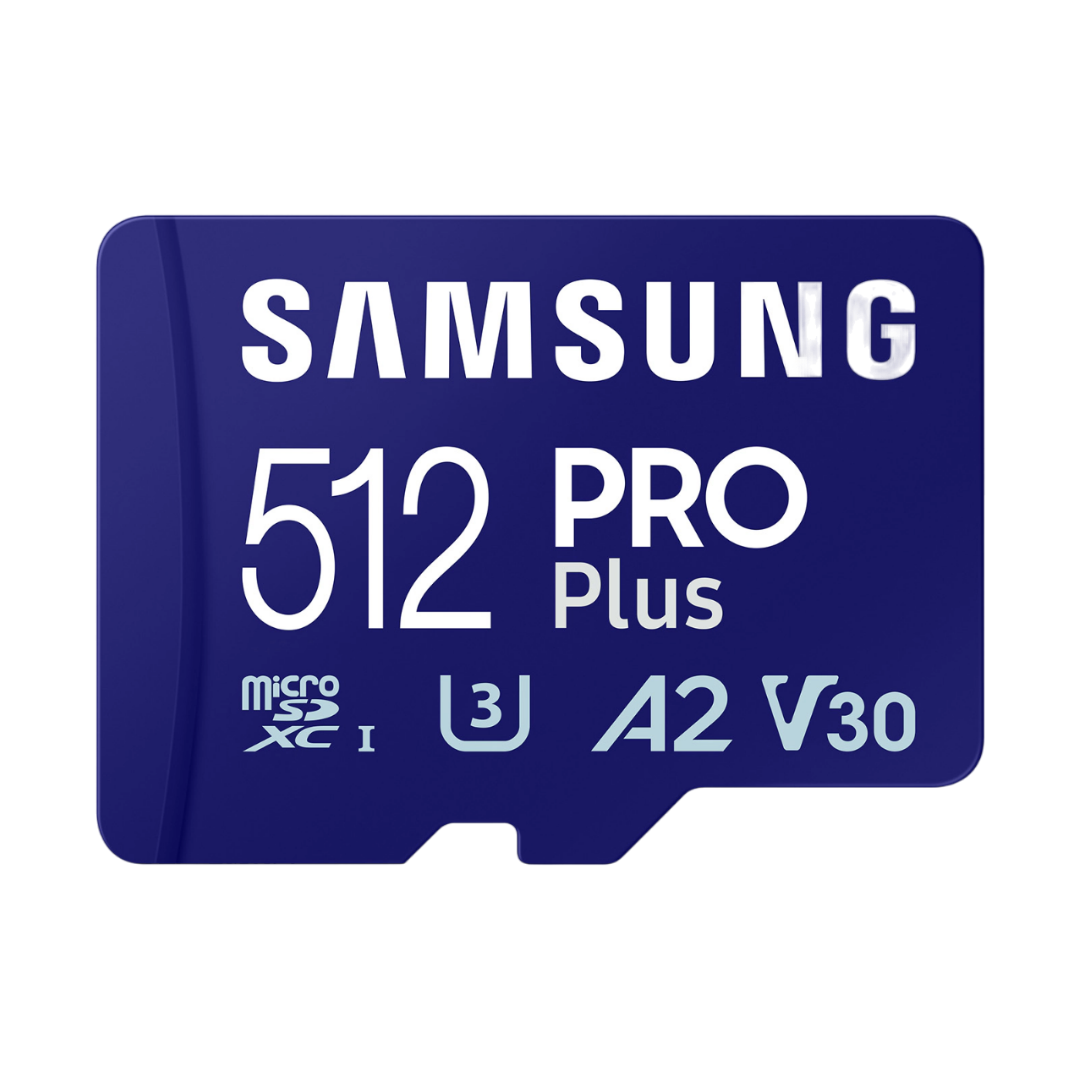

Best microSD Card Overall
Samsung PRO Plus Memory Cards
$60 $76 Save $16
If you need a single option for your microSD card, go for the Samsung Pro Plus. It’s very fast, reliable, and available in three sizes.
|
Pros |
Cons |
|---|---|
|
Up to 150MB/s sequential read speeds |
Limited to A1, U1, and V10 speed classes |
|
Reliable |
Although 2TB microSD cards are technically here, they are still very rare or available from the not-so-reputed manufacturers. So, if you want an ultra-high-capacity microSD card, your best bet is the SanDisk Ultra, which is available in a 1.5TB size.
While it’s reasonably fast, with up to 150MB/s sequential read speeds for larger storage variants, it’s only rated for the A1, U1, and V10 speed classes. So, it’s most suitable when you want the largest possible storage size, and data transfer speeds aren’t super important. For example, you wouldn’t want to use it with your 4K action camera.
The Ultra has a great price and comes with a 10-year limited warranty. Like Samsung’s microSD cards, SanDisk’s offering is also quite reliable. However, high-capacity cards are among the most counterfeited offerings. So don’t get enticed by sellers offering the SanDisk Ultra at very low prices; stick with reputed sellers and stores.
If you want even faster data transfer speeds and better speed class ratings, consider the company’s Extreme and Extreme Pro microSD cards. Both are available in up to 1TB storage sizes.
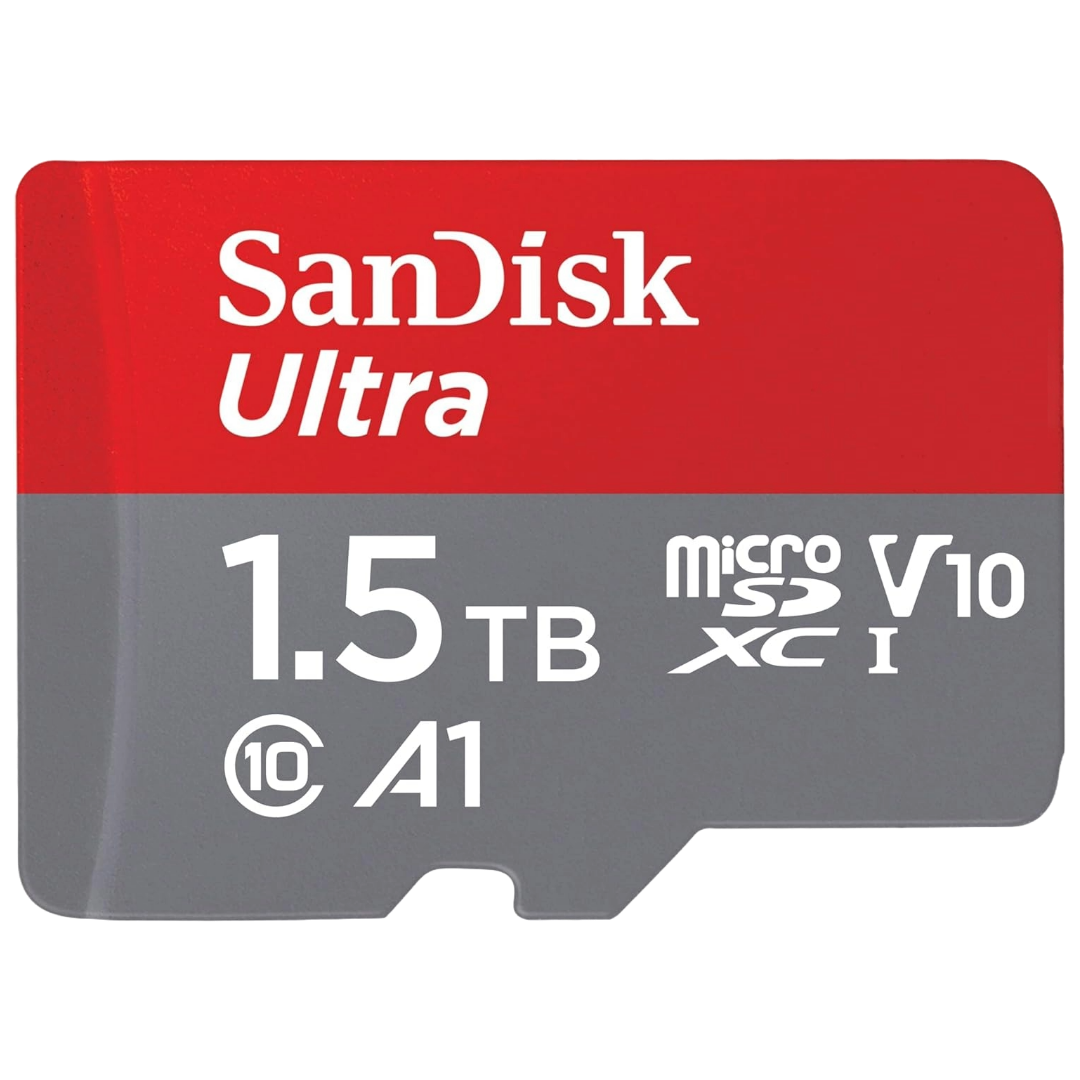

Best High-Capacity microSD Card
SanDisk Ultra microSDXC Card
$110 $150 Save $40
The SanDisk Ultra is a reliable microSD card for everyday essential data storage. Its 1.5TB size is enough to store hours of full-HD video and hundreds of thousands of photos.
|
Pros |
Cons |
|---|---|
|
Fast and reliable |
No 1TB version as of June 2024 |
|
Reasonable pricing |
Besides its impressive Pro Plus microSD card, Samsung offers the Evo Select, perfect for Steam Deck. It’s reasonably priced and fast enough that you’ll never feel the card bottlenecking you. The latest version of the card supports up to 160MB/s sequential read and write speeds.
It’s rated for A2, V30, U3, and C10 speed classes, and as such, Steam Deck games load quickly off it, and the fresh installs are fast.
The Evo Select is also durable and comes with a 10-year limited warranty. It can also handle a wide range of temperatures and is water-resistant. Moreover, you can get an adapter with the EVO Select for full-size SD card readers.
Although Samsung plans to release a 1TB version of the Evo Select sometime in 2024, it’s unavailable as of June 2024. So, it tops out at 512GB. While 512GB is enough for most people, folks looking for more can opt for SanDisk’s Extreme, an equally awesome microSD card available in a 1TB storage size. It’s rated the same as the Evo Select.
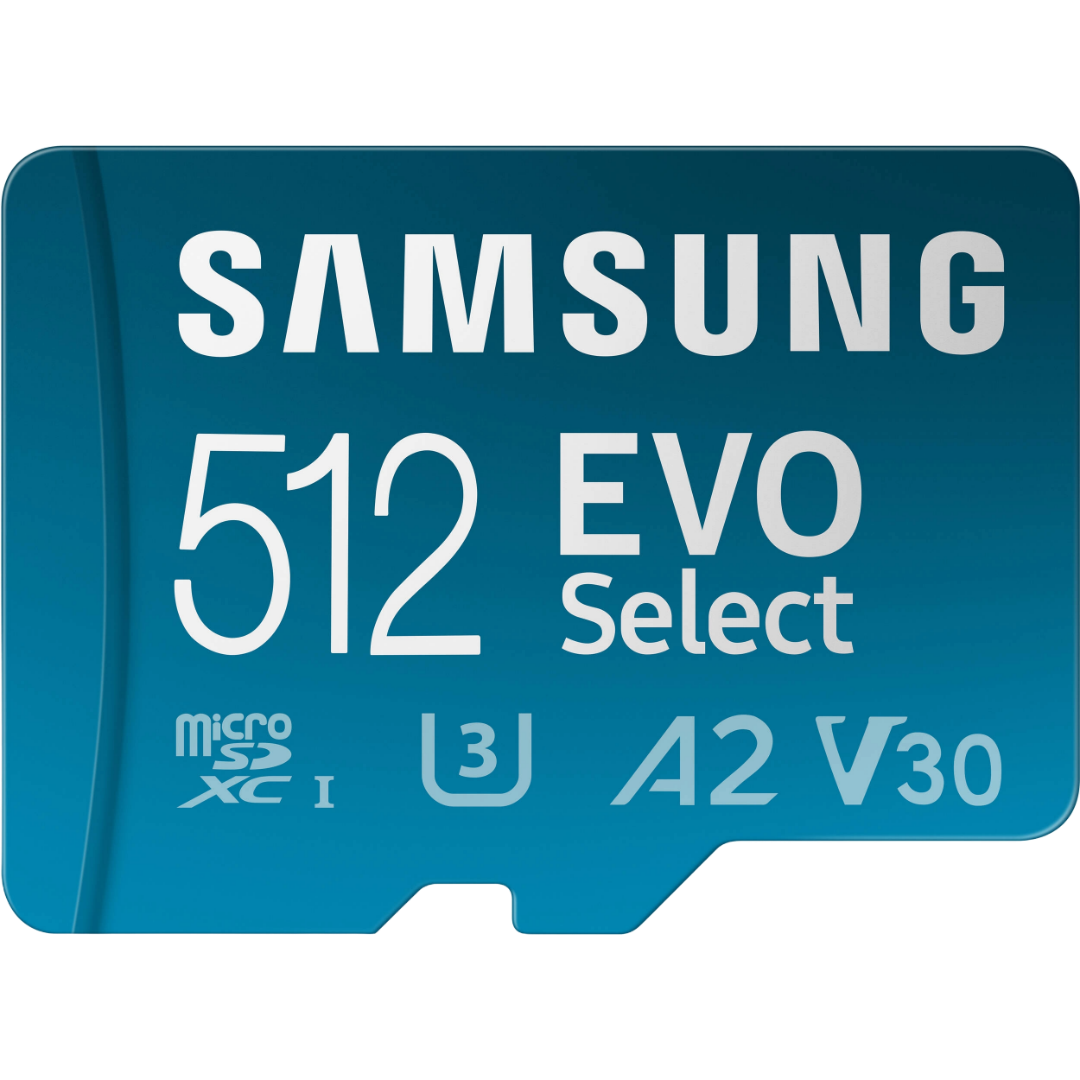

Best microSD Card for Steam Deck
Samsung Evo Select Micro SD Card
The Samsung Evo Select is an excellent companion for your Stream Deck. It can reach up to 160MB/s speeds and has a 10-year limited warranty.
|
Pros |
Cons |
|---|---|
|
Surpasses Nintendo-recommended specifications |
32GB and 64GB variants are slower than higher-capacity variants |
|
Reliable and resilient |
It’s easy to fill up the onboard storage of Nintendo Switch. That’s why the Switch includes a microSD card slot for storage expansion, and SanDisk’s Extreme is a solid pick for this job. It’s fully compatible with all Switch models and comes in up to 1TB storage sizes, offering ample space for your growing game library.
Nintendo recommends getting a microSD card with transfer speeds of 60-95MB/s. But the Extreme surpasses this recommendation with its sequential read speeds of up to 190MB/s and write speeds of up to 130MB/s. Even the smallest 32GB variant of the card can reach read speeds of up to 100MB/s. So you’ll get rapid game loads and a smooth performance, letting you dominate the competition without lag.
The Extreme is also quite resilient and can function in less-than-friendly environments. It’s shockproof, waterproof, X-ray proof, and can operate in most temperature conditions.
One thing to note about microSDXC cards like the SanDisk Extreme is that you may need to update the Nintendo Switch operating system to use them.
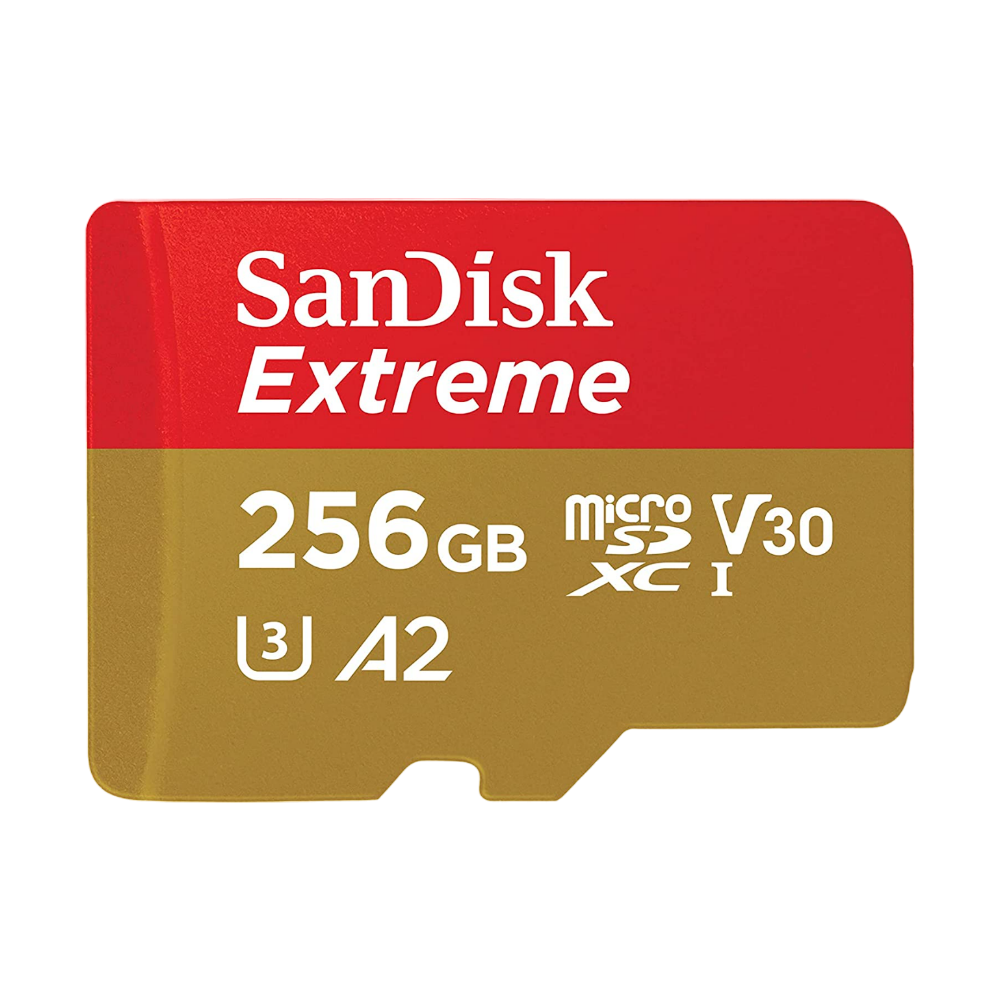

Best microSD Card for Nintendo Switch
SanDisk Extreme
SanDisk Extreme’s fast transfer speeds ensure quick game loading and a smooth performance for a lag-free gaming experience.
|
Pros |
Cons |
|---|---|
|
Up to 170MB/s read speeds |
Relatively expensive |
|
Durable |
64GB version is slower than higher-capacity cards |
|
Available in five storage variants |
Although all of our picks are good options for the Raspberry Pi, Kingston’s Canvas Go Plus is another excellent microSD card that you can consider. It’s fully compatible with the Pi and delivers impressive read speeds of up to 170MB/s and write speeds of up to 90MB/s.
It’s almost overkill for the Pi, but as there isn’t much price difference between microSD cards of lower storage capacities, it’s better to go with the faster option. You can also use it with other devices without worrying about potential performance bottlenecks. Besides the Raspberry Pi, the Canvas Go Plus will deliver excellent performance with any other gadget.
The Kingston offering is also well-built and durable. You can pick from five storage variants, ranging from 64GB to 1TB. That said, the 64GB version will be enough for most people. Remember, the 64GB variant has slightly slower write speeds of up to 70MB/s.
The SanDisk Ultra is a good alternative to get the most affordable but still reliable microSD card for the Pi. It comes in more storage sizes than the Kingston offering and is also cheaper. Of course, it’s slower in comparison, but fast enough for the Raspberry Pi.
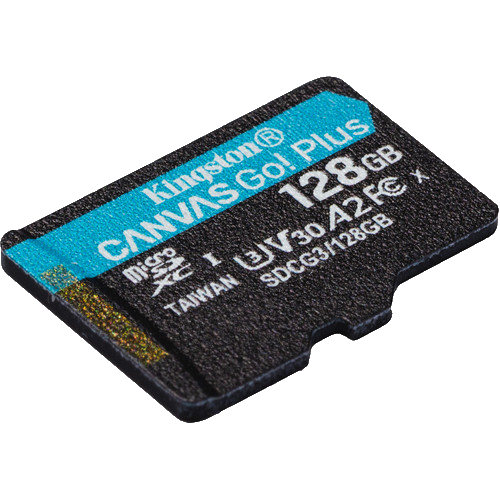

Best microSD Card for Raspberry Pi
Kingston Canvas Go Plus MicroSDXC
Thanks to its fantastic read and write speeds, the Kingston Canvas Go Plus is an excellent choice for Raspberry Pi.
|
Pros |
Cons |
|---|---|
|
Rated V30 to handle up to 4K video recording |
Smaller sizes are slower |
|
Offers write speeds of up to 130MB/s |
|
|
Available in multiple sizes |
Cameras, particularly those that capture high-resolution video or have a burst photo mode, require the fastest microSD card for a seamless experience. The SanDisk Extreme is a fast microSD card that will complement your action camera, 360-degree camera, dashcam, or drone very well.
It’s rated for UHS-3, V30, and C10 speed classes and offers write speeds of up to 130MB/s. So, whether you are shooting a 4K video or fast-action photos, you won’t get a lag from the microSD card. Remember that the smaller storage variants are slower than the higher-capacity versions. So it’s better to go with 256GB or a higher-capacity variant. You can buy it in up to 1TB sizes.
The SanDisk offering is also shockproof, waterproof, and X-ray proof, giving you peace of mind, and can operate in most temperatures. Moreover, when transferring photos and videos from your camera to your computer, you’ll appreciate the SanDisk Extreme’s quick read speeds of up to 190MB/s.
If you want an even faster microSD card than the Extreme, you can consider the Extreme Pro, which can reach write speeds of up to 140MB/s and read speeds of up to 200MB/s. The Samsung Pro Ultimate is another option that can reach write speeds up to 130MB/s and read speeds up to 200MB/s. But for most people, this slight increase in the read and write speeds won’t matter, and there is no point paying a premium.


Best microSD Card for Cameras
SanDisk Extreme
The SanDisk Extreme is an excellent microSD card for any type of camera. It’s fast, reliable, and durable. It also comes in multiple storage sizes.
FAQ
What is the difference between an SD and a microSD card?
SD and microSD cards differ in their physical size and typical usage. SD cards are about 24mm x 32mm x 2.1mm, while microSD cards are about 15mm x 11mm x 1mm. Otherwise, both share the same standards for storage capacity and speed.
Can I use a microSD card as a normal SD card?
You can use a microSD card as a normal SD card using an adapter. MicroSD cards are often bundled with an adapter for this very purpose. However, you can buy one separately if your microSD card doesn’t have an adapter.
Why is read and write speed important for an SD card?
Read and write speeds are important for microSD and SD cards because they impact how quickly you can access the content stored on them or store fresh content. For example, your camera will struggle to record 4K video on a card without a fast writing speed. As cameras often have very little onboard storage, the captured photos and videos are transferred to the microSD and SD cards in real time. Similarly, without faster read speeds, your portable gaming console won’t be able to quickly load the apps and games on the card.
What do the microSD card classes mean?
The microSD card classes refer to the card’s minimum sustained write speeds or random read/ write speeds. There are different card classes: Speed Class, UHS Speed Class, Video Speed Class, and Application Performance Class.
Speed Class is an older system. It’s denoted by C followed by a number. The higher the number, the faster the speed. Similarly, the UHS Speed Class is denoted by U followed by a number. U1 means a minimum 10MBps write speed, and U3 means a minimum 30MBps write speed.
As the name suggests, Video Speed Class tells how well a card handles sustained writing for video recording. It’s denoted by V followed by a number. V6 cards have a minimum 6MBps write speed, whereas V90 cards have a minimum 90MBps write speed.
Finally, the Application Performance Class tells a card’s ability to handle random read and write operations. These speeds are essential for how well an app loads or runs on a microSD card. The A1 class has a minimum 1500 IOPS random read speed and 500 IOPS random write speed. The A2 class has a minimum 4000 IOPS random read speed and 2000 IOPS random write speed.
How do I format a microSD card?
There are two main ways to format a microSD card. You can format it on either your PC/ Mac or the device in which you are using the microSD card. However, it’s typically best to use the device for formatting, as that ensures you don’t mess up anything, and the microSD card works seamlessly with the device. To format the microSD card using the device, head over to the device settings and locate storage settings. The format or erase microSD card option is typically present in the storage settings. Remember to back up any existing data before formatting.


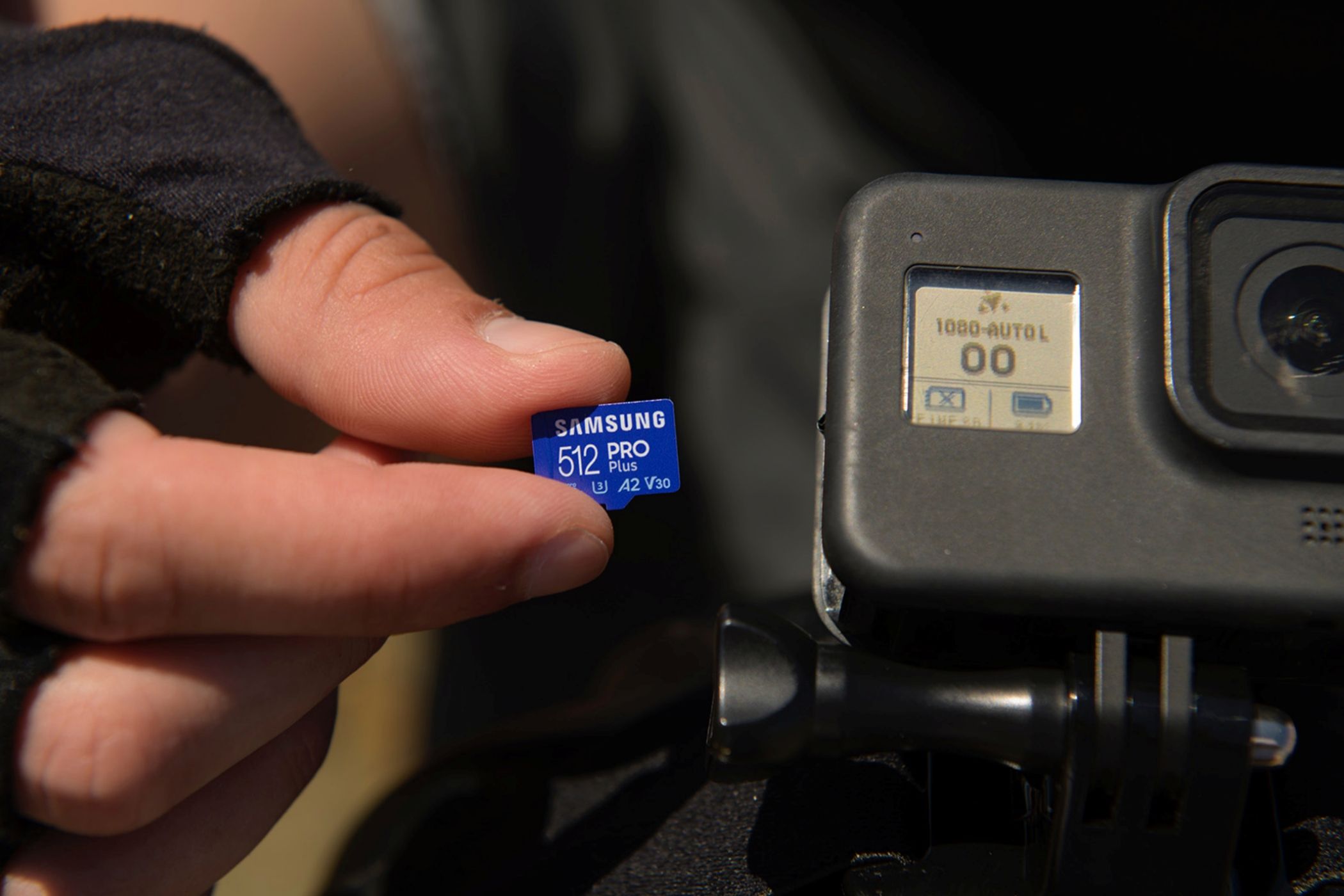
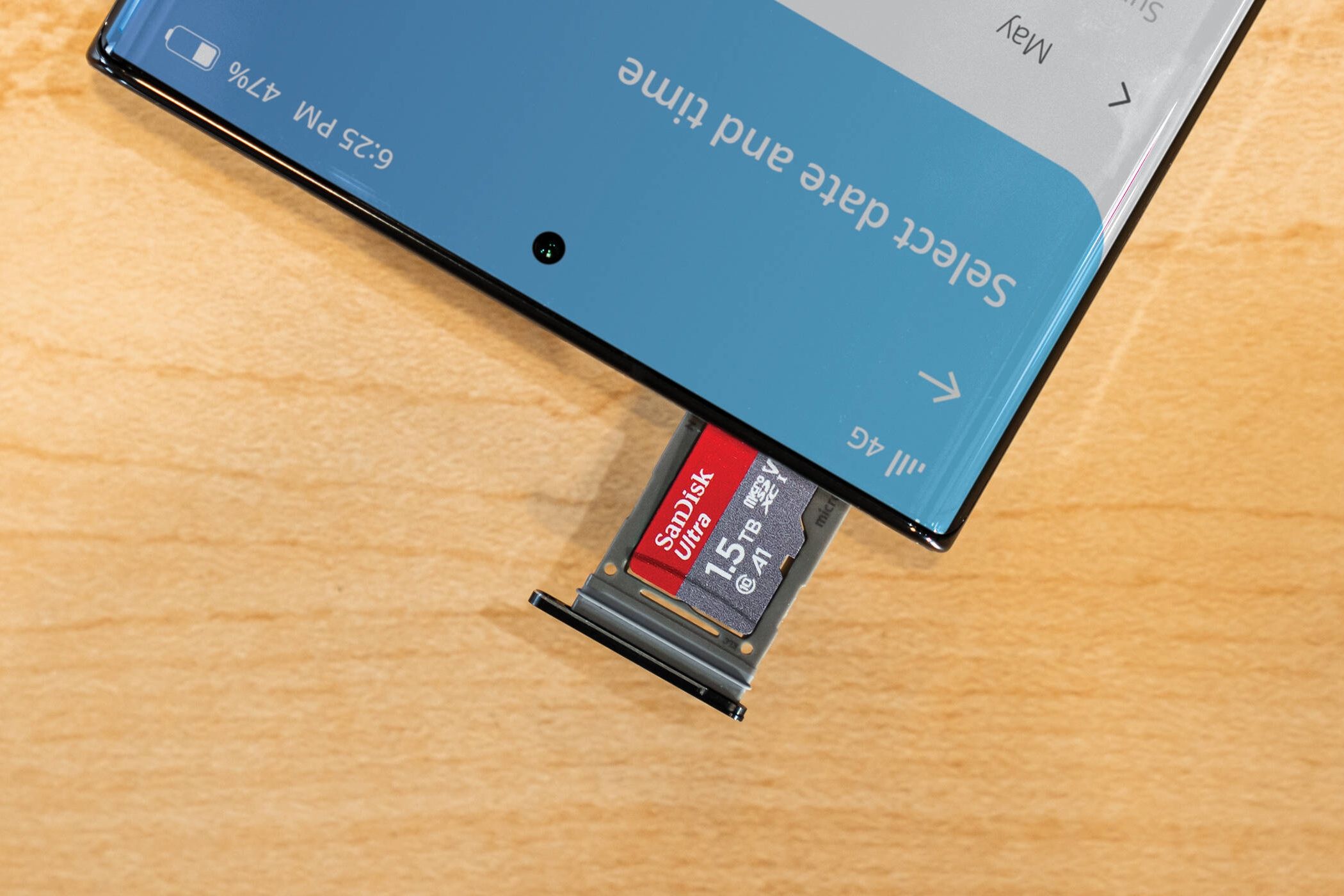
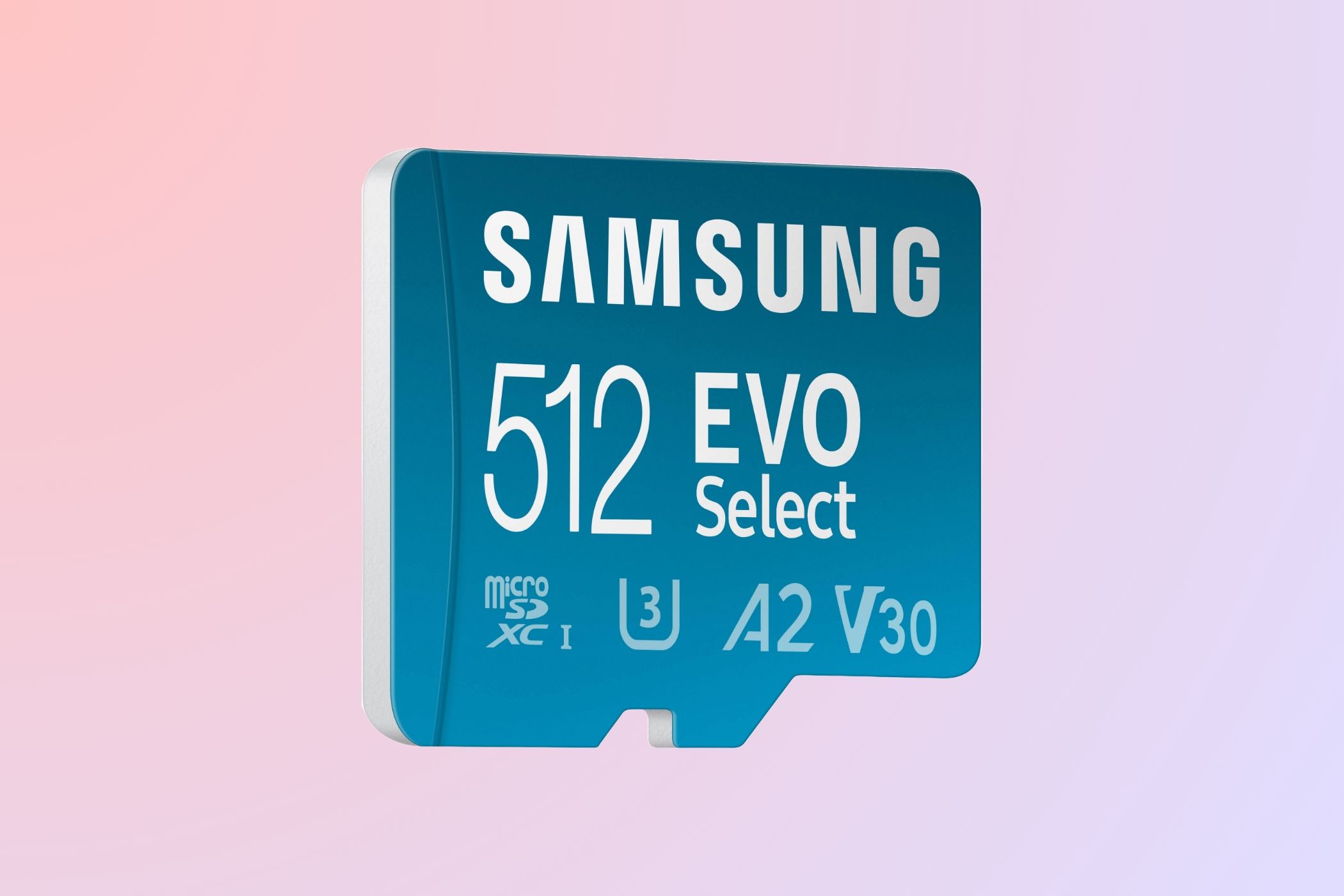
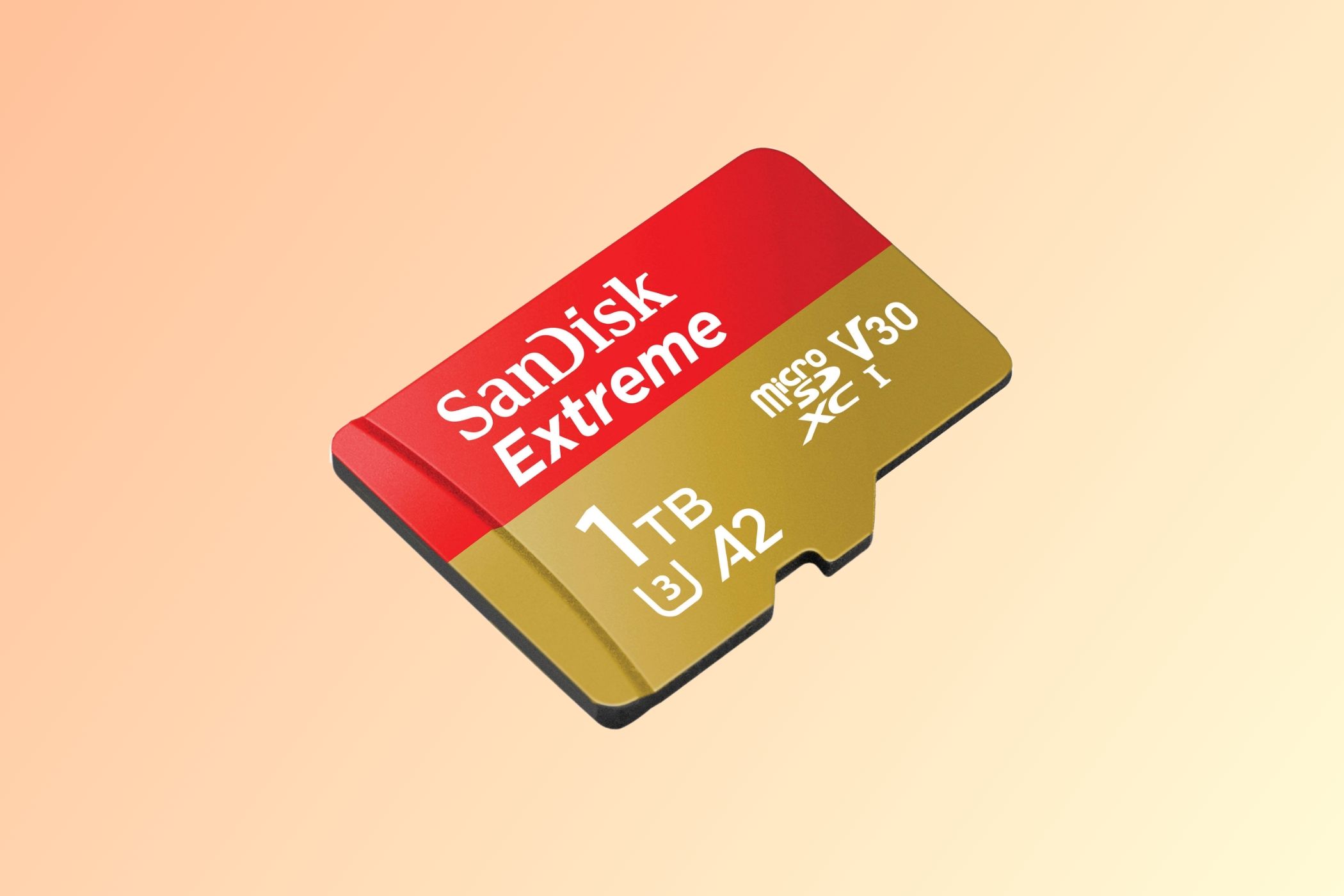
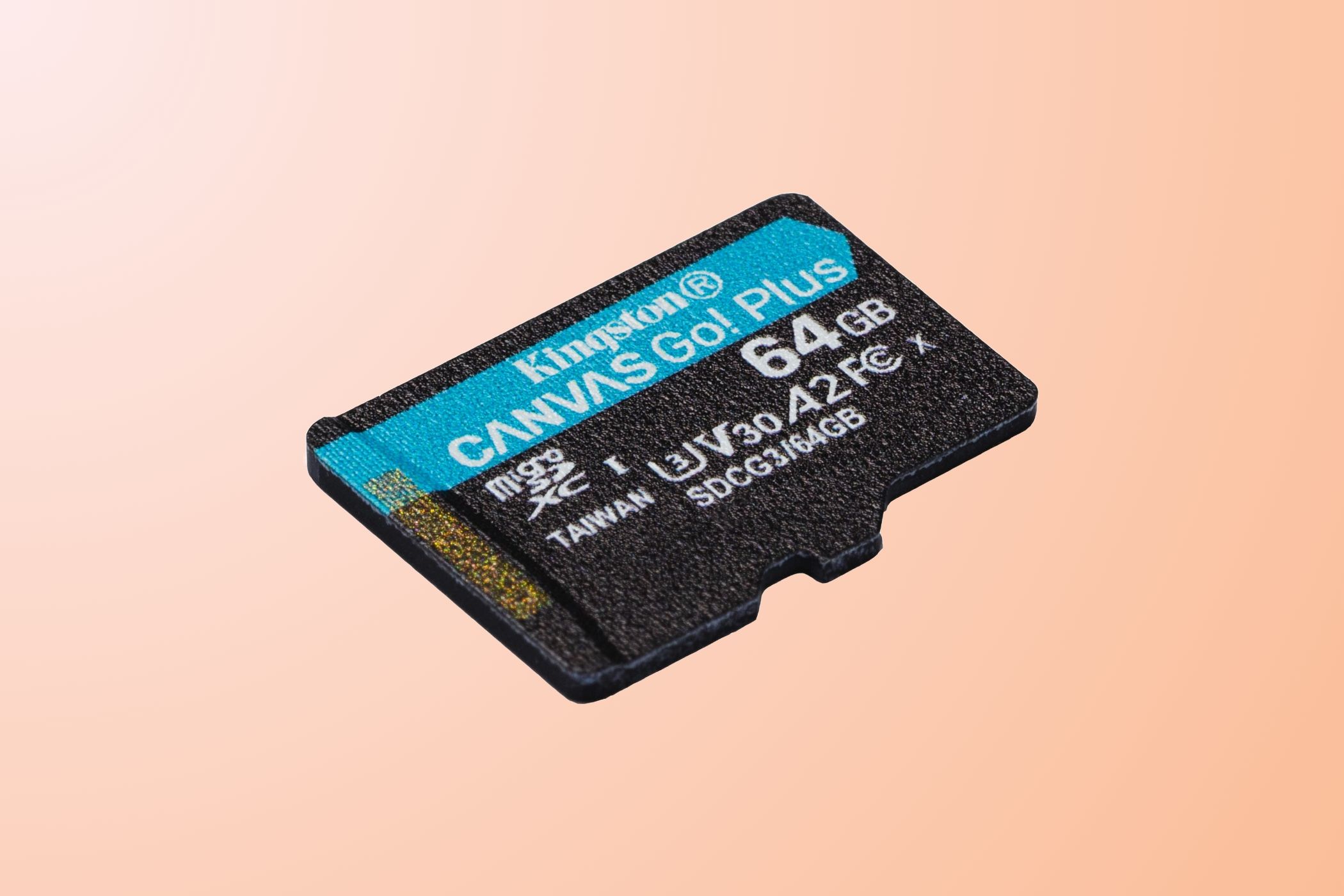
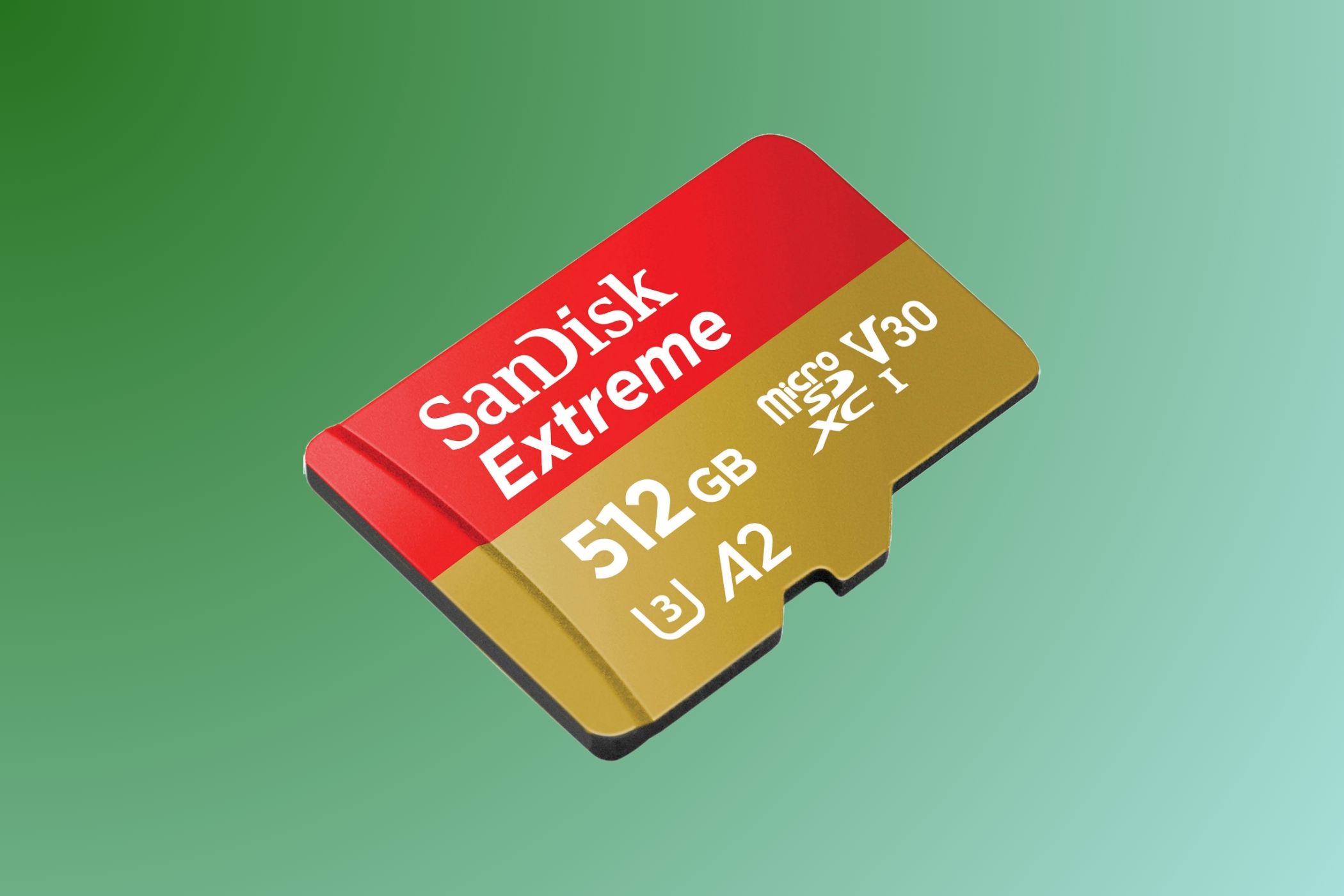

![Connect Pro: World’s first 100W magnetic USB cable with LED power reader [Video]](https://techtelegraph.co.uk/wp-content/uploads/2024/06/Chargeasap-ConnectPRo--218x150.jpg)